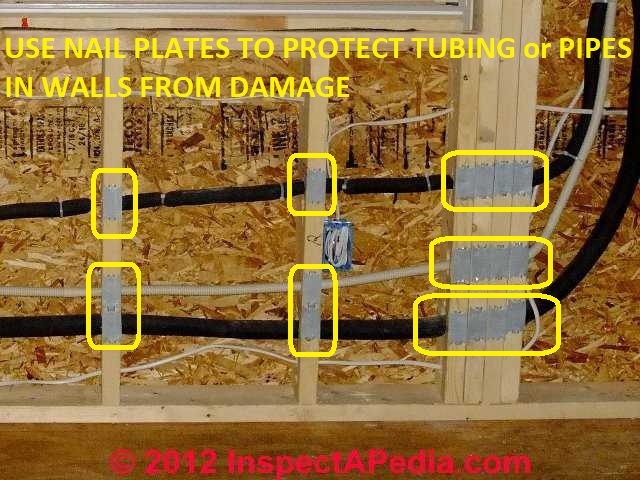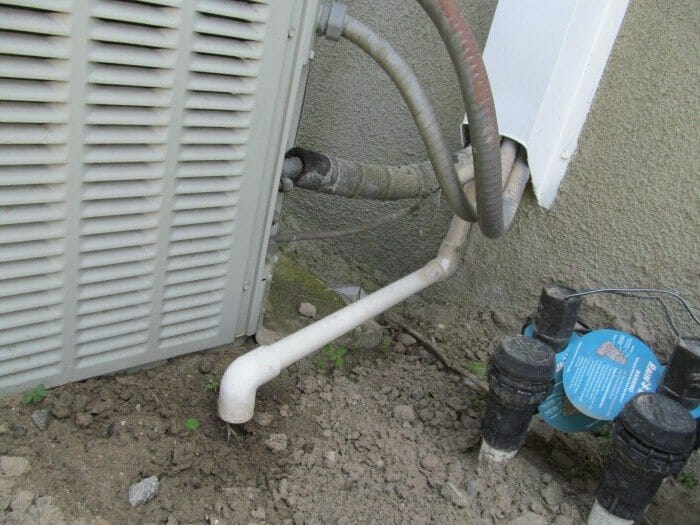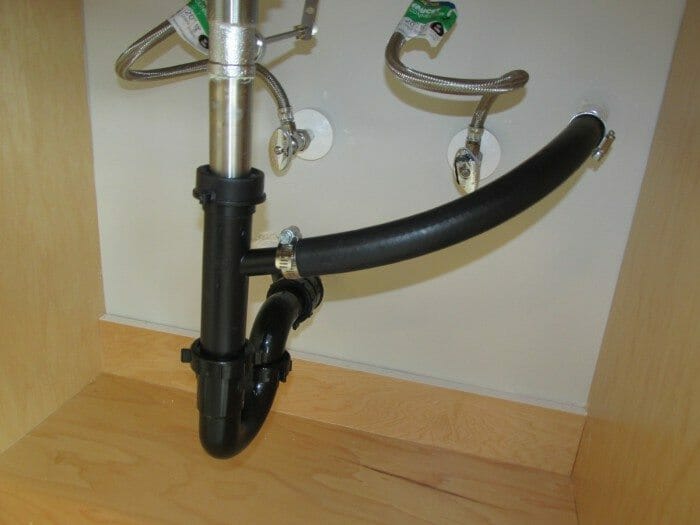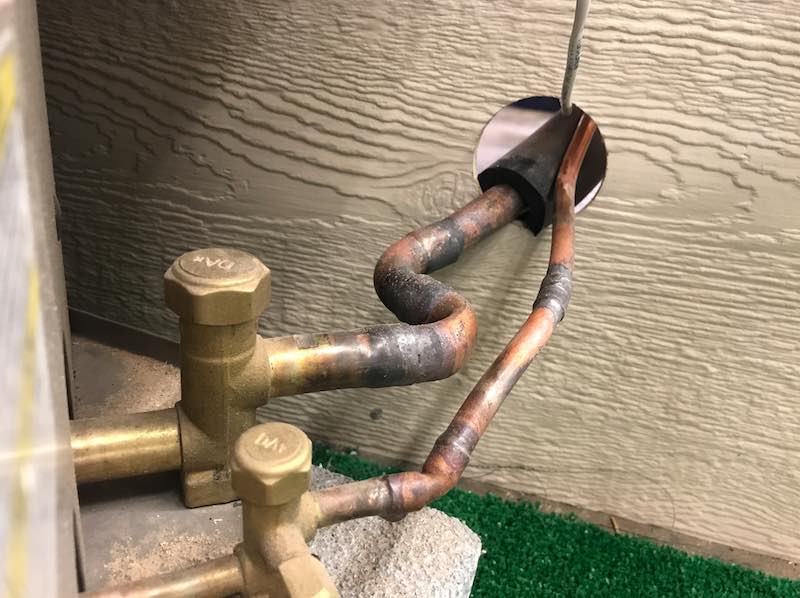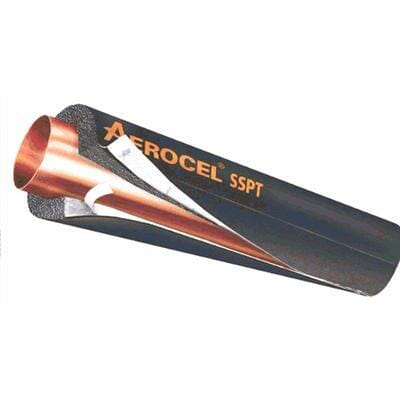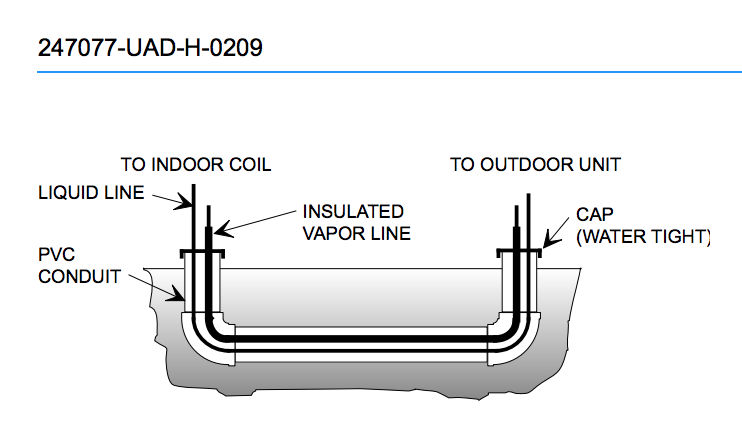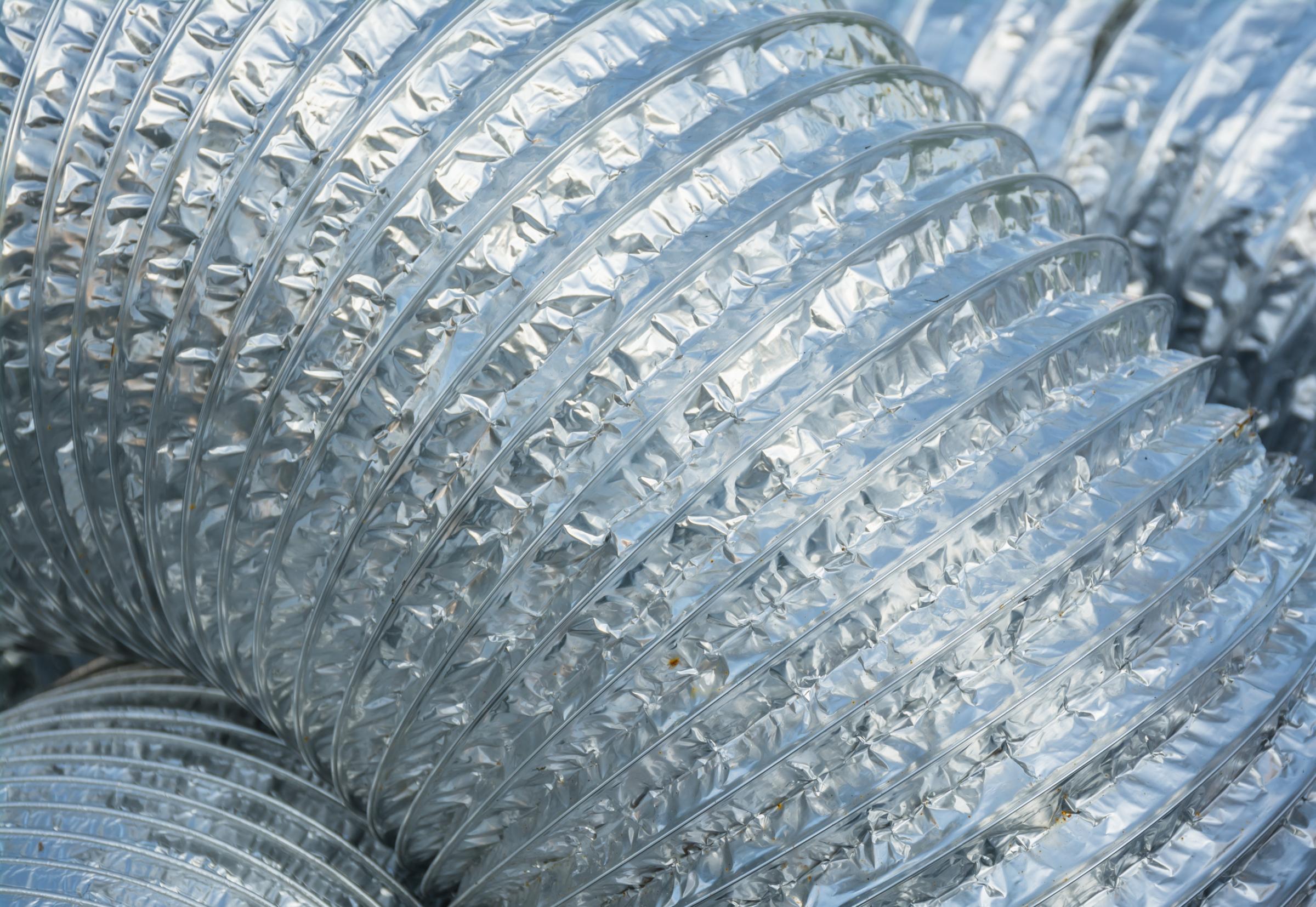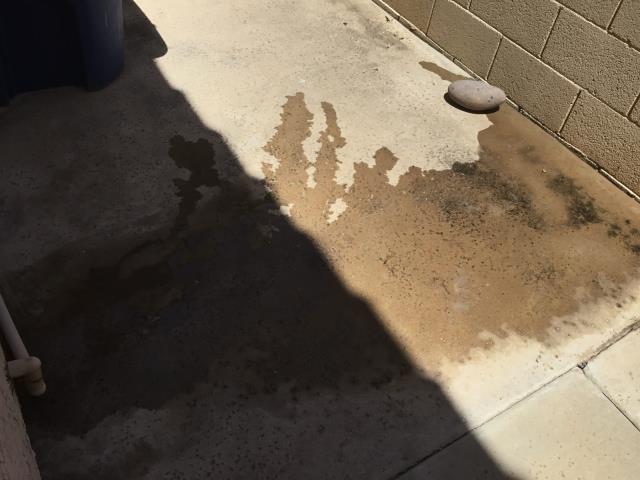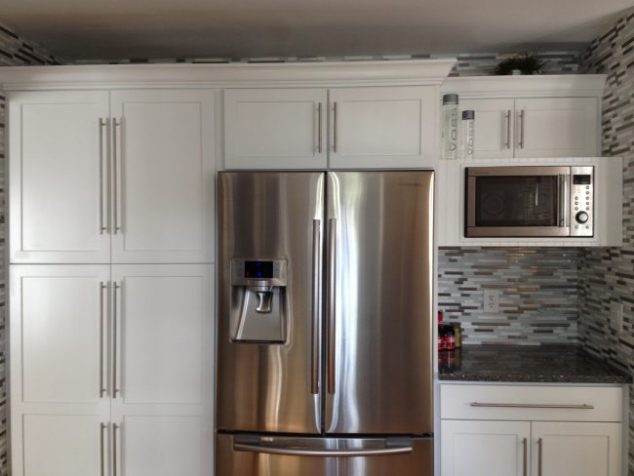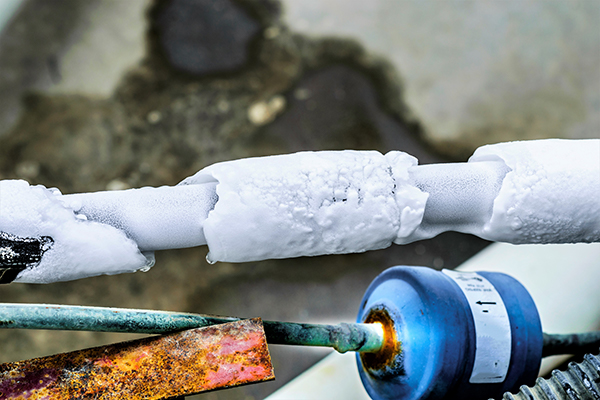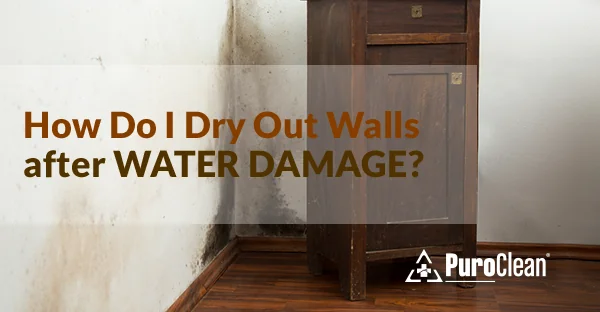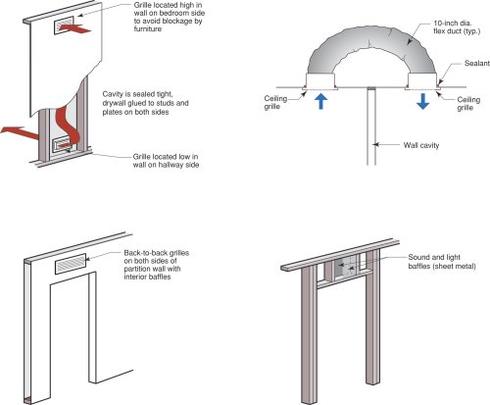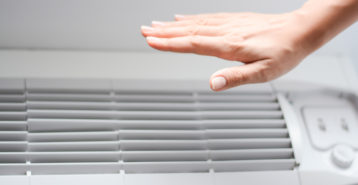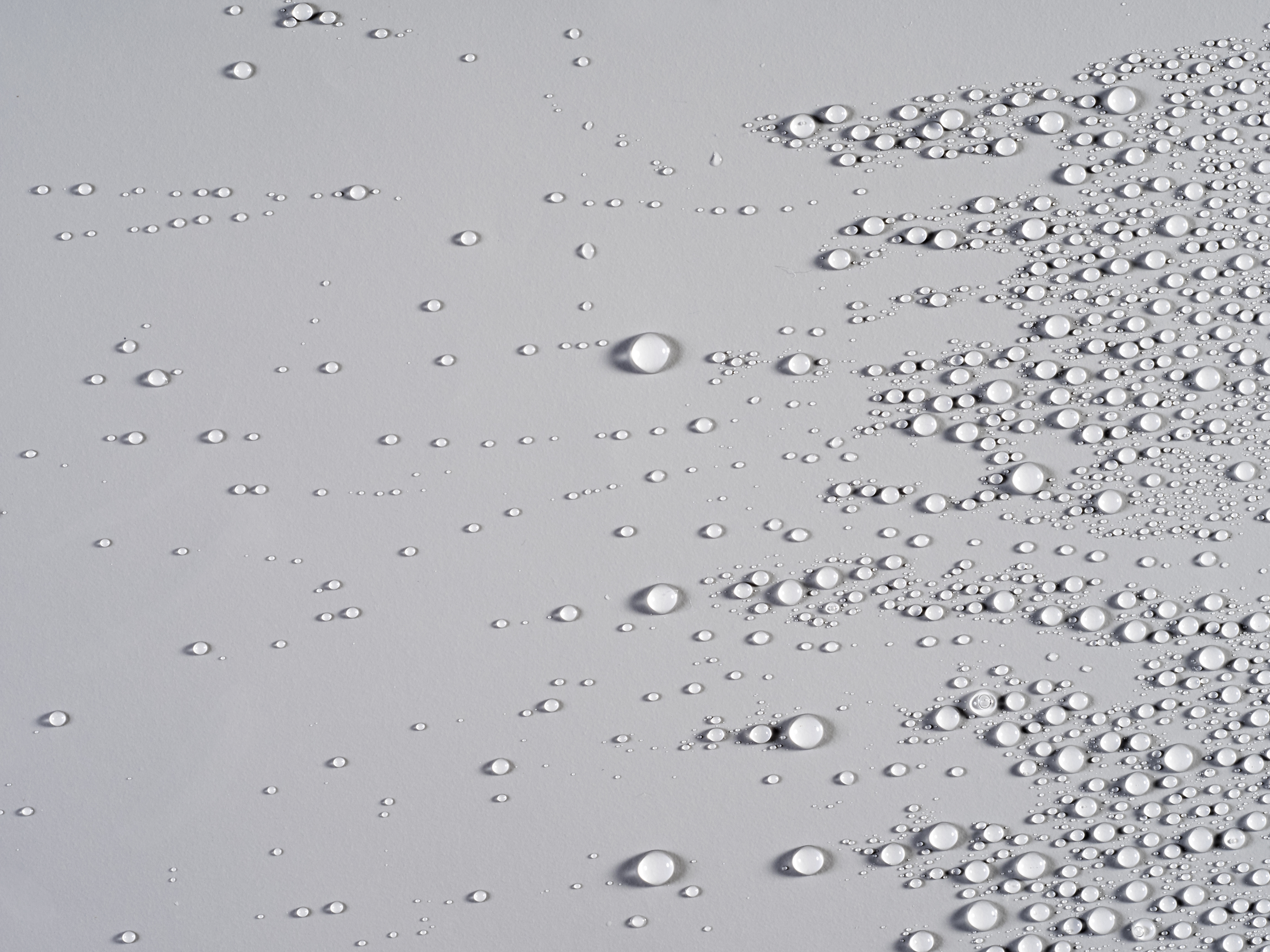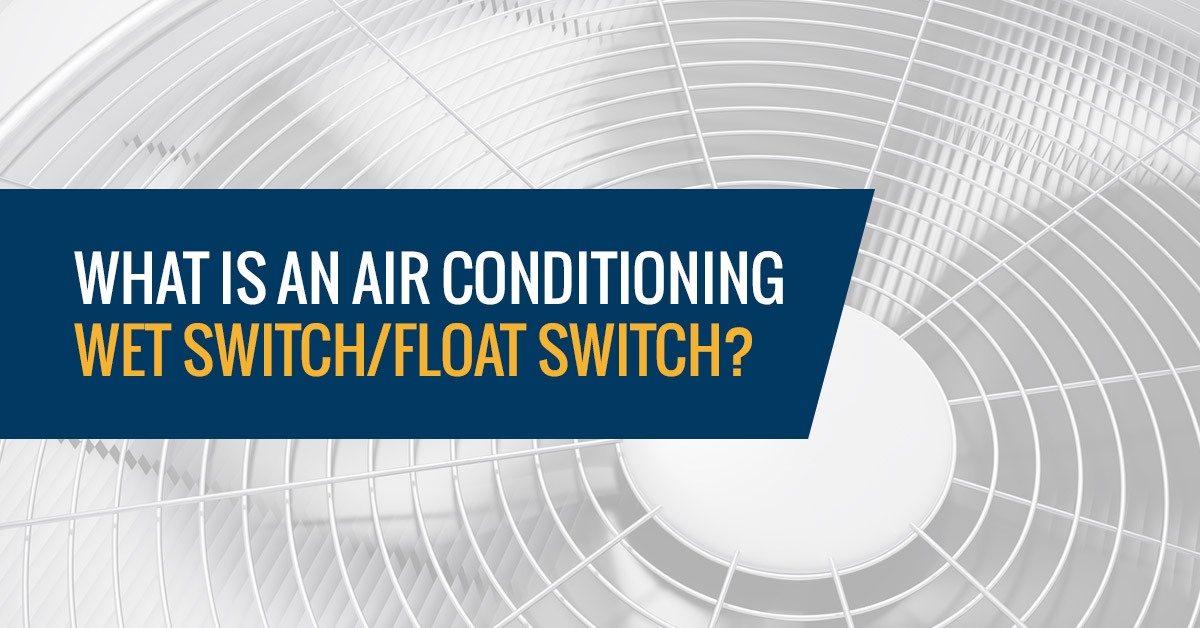Freon Line Condensation In Attic On Sheetrock

Condensation on your ceiling occurs when the attic space above is poorly ventilated and insulated.
Freon line condensation in attic on sheetrock. If so replacing it is an easy enough job. When the cool air from your living space rises due to humidity in your home often from cooking bathing or drying clothes it comes in contact with the warm surface of the ceiling and. How to fix ceiling condensation. Even the part of the suction line that runs in the chase should be insulated with rubatex and have a good vapor barrier quality of insulation on it.
It should never sweat. Missing or damaged refrigerant line insulation insulation on the refrigerant lines particularly on the larger suction line will cause condensation and drips from the lines in humid areas. That insulation may have started to fail. Otherwise you get the problem described above in number one.
The suction line is the bigger of the two pipes that run to your condensing unit. Then with one tech in the attic to pull the lines and one outside pushing the lines the refrigerant lines are pushed through the opening until the top of the downspout enters the hole in the soffit. Condensation on your ceiling can cause water damage and promote the growth of mold or mildew. The inside of your ductwork especially older poorly insulated or non insulated ductwork can also gather condensation.
Never insulate the smaller pipe. I reccomend you turn off the system for a little while so the coolant line can warm up. A disconnected bathroom fan or dryer tube pumps warm moist air into the attic that instantly condenses on cold attic surfaces. Having two techs installing the lines helps keep the lines from getting kinked.
Taping the lines together first makes the installation easier. In our photo at above left where refrigerant line insulation is incomplete the drip stains on the attic floor may well indicate a point at which leak stains or even mold appear on the ceiling below. Condensation forms on the inside of exhaust fan tubes and runs back down to the fan and makes a stain on the surrounding drywall. Insulation is wrapped around the coolant line to prevent condensation from forming and causing damage.
This traps heat in the attic which then warms the ceilings.

